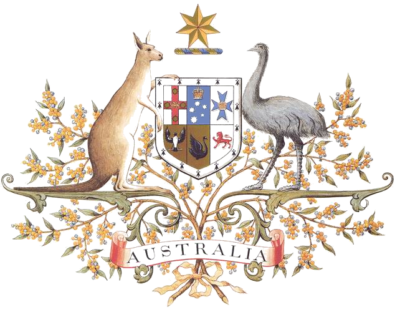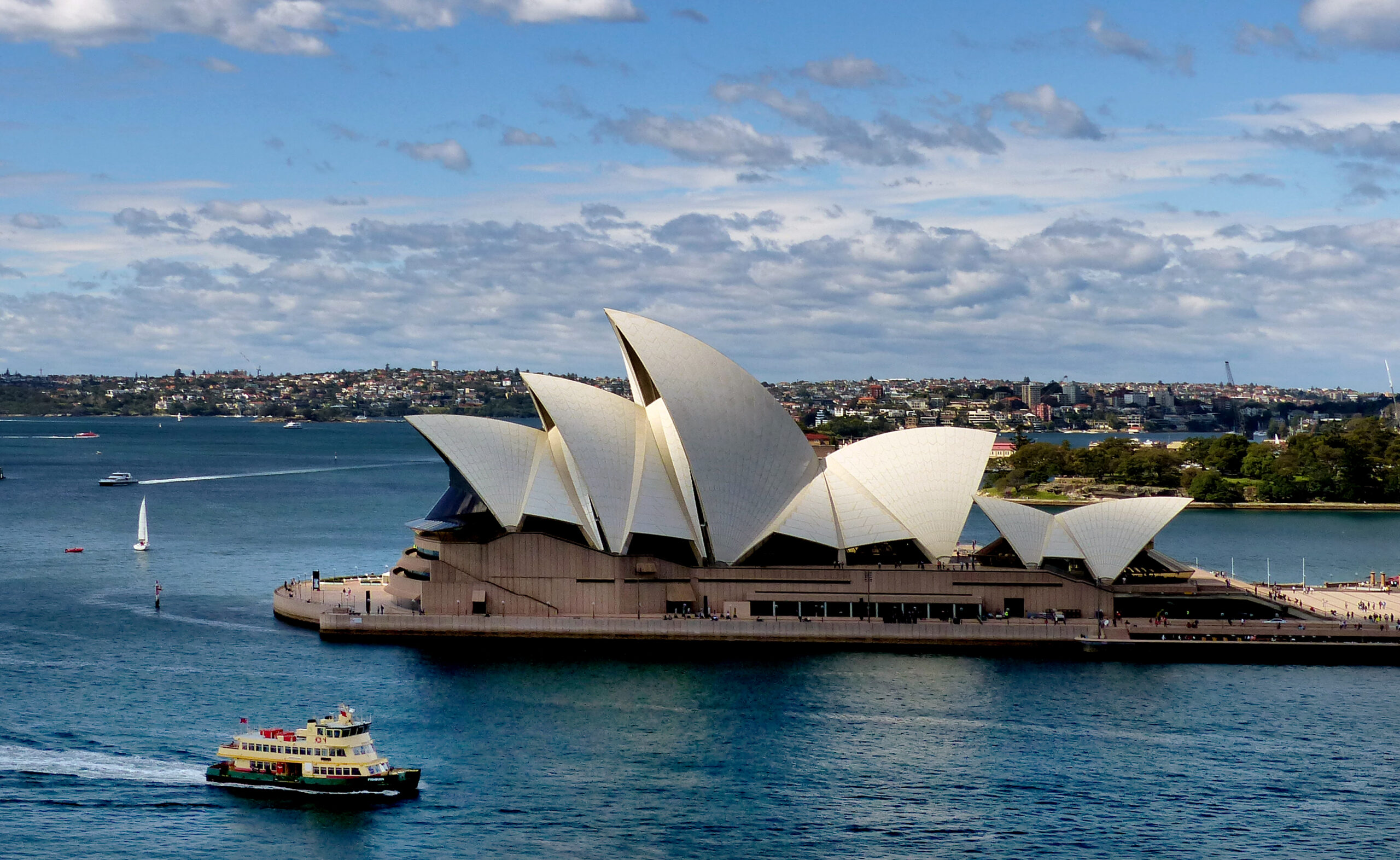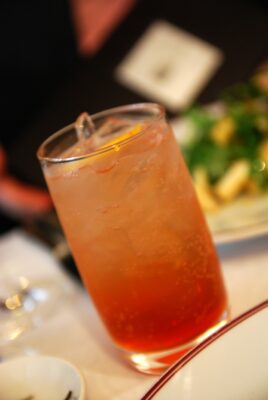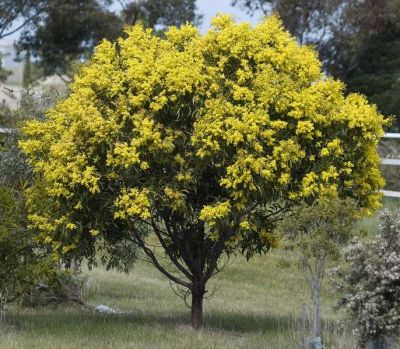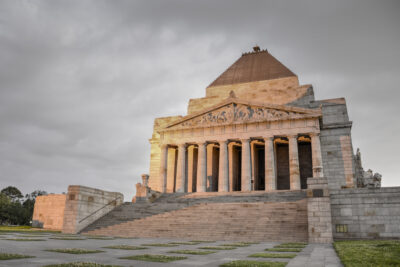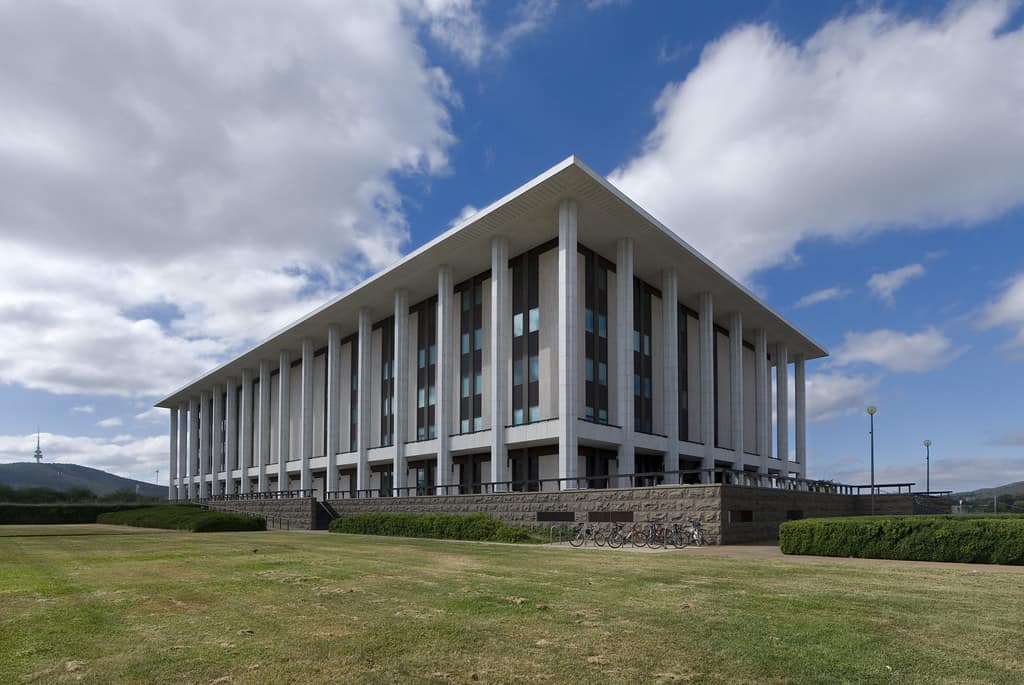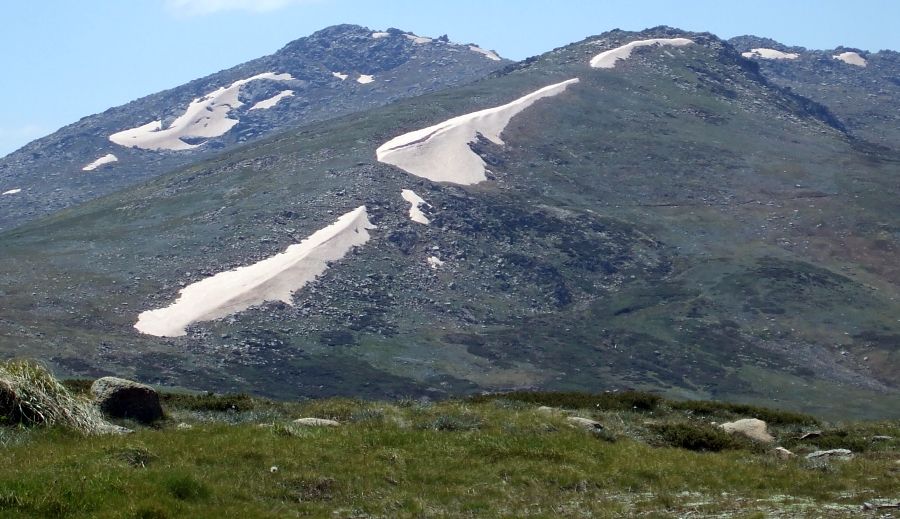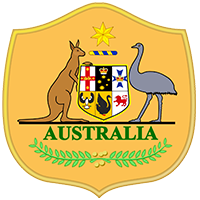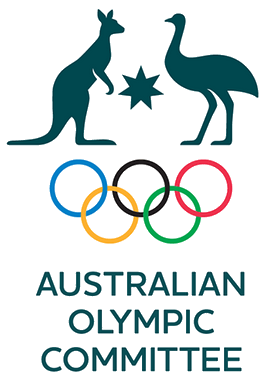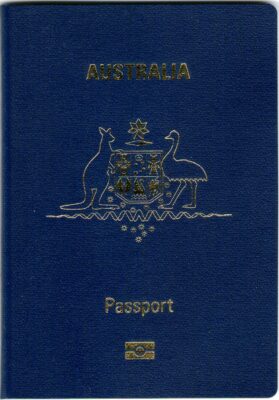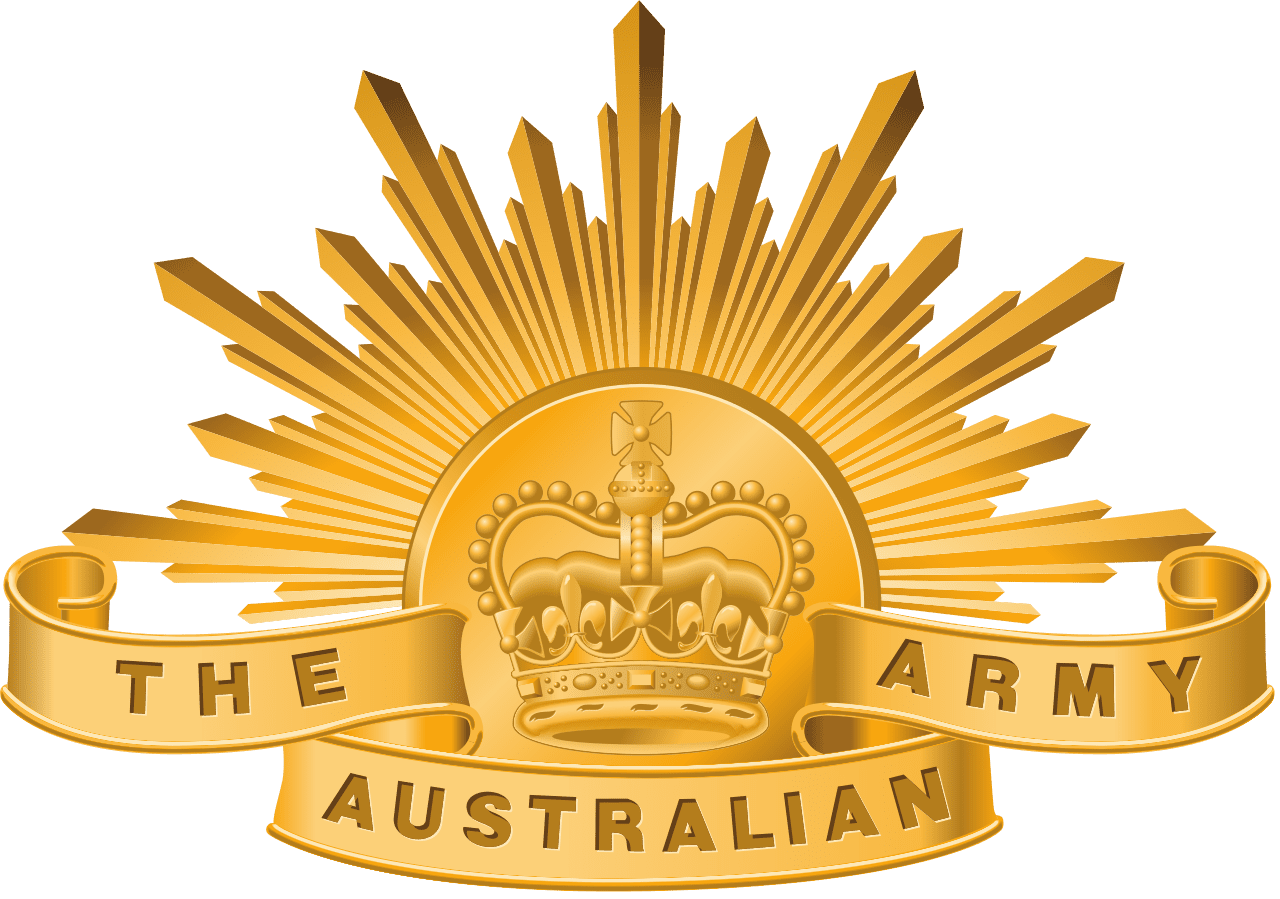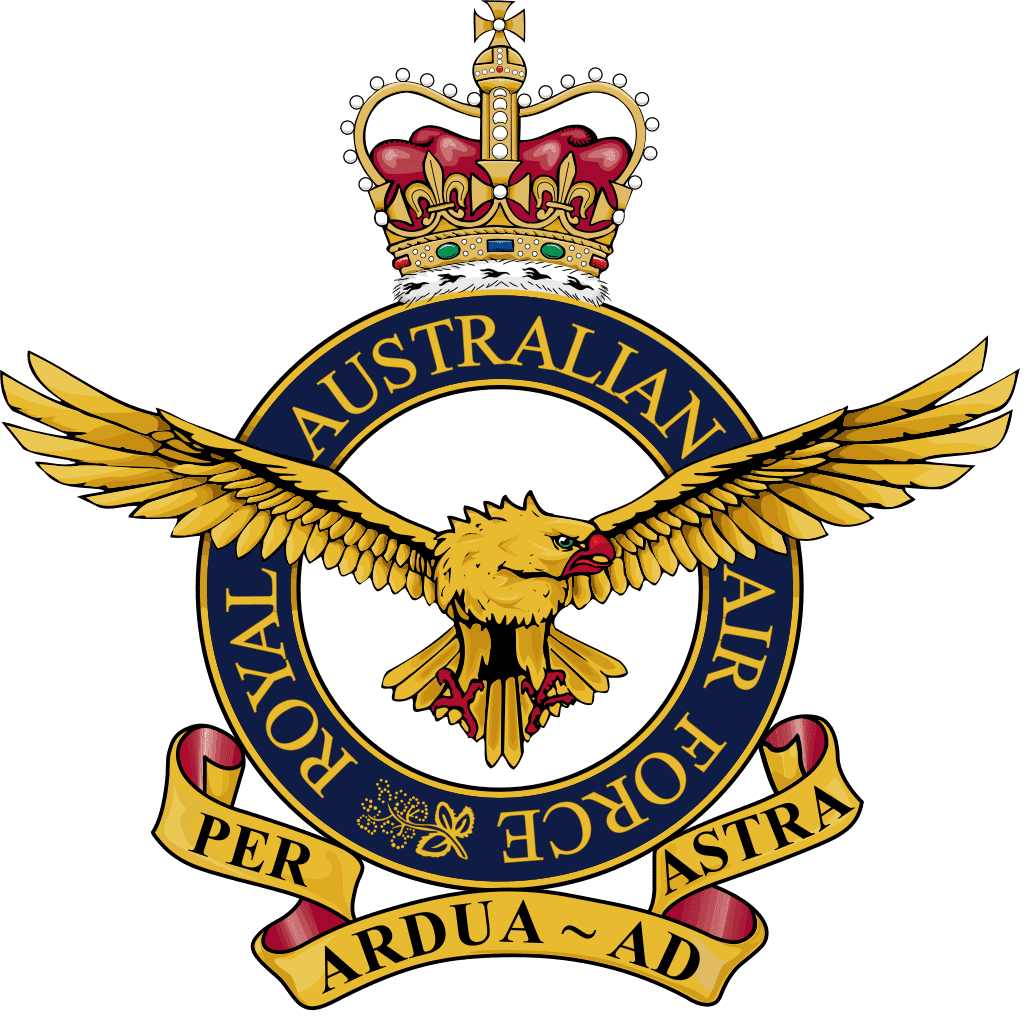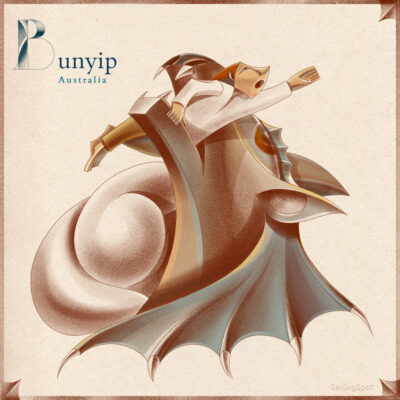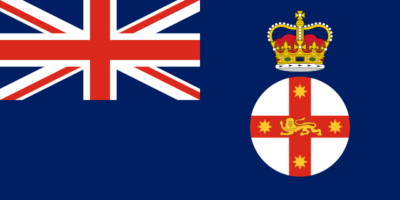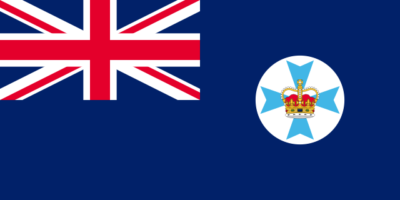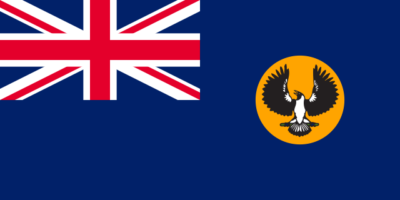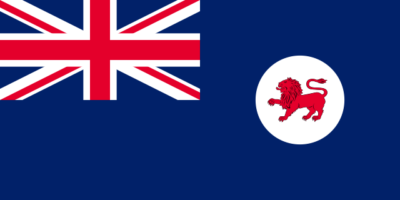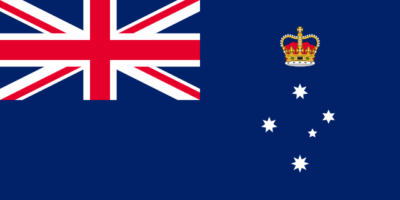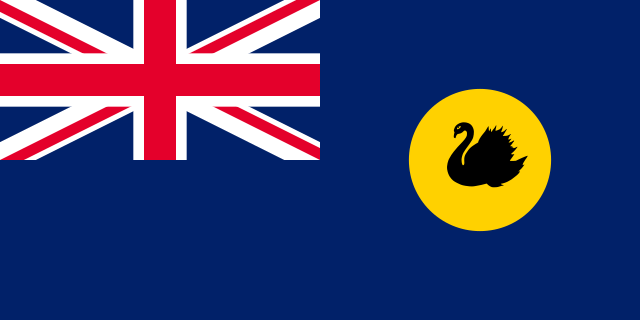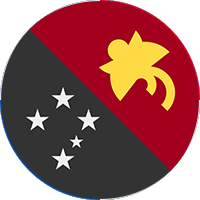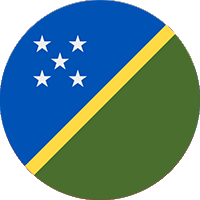National Symbols of Australia
Last updated on July 31st, 2024 by Editorial Staff
Table Of Contents
By Naeem Noor | Updated on July 31, 2024
Reviewed by Rittika
Australia is a country in Australia/Oceania. The official name of Australia is the Commonwealth of Australia. It shares borders with 5 countries: Papua New Guinea, Indonesia, East Timor (Timor-Leste), Solomon Islands, New Zealand.The people of Australia are called Australians. The country is situated in Oceania, a continent between the Indian Ocean and the South Pacific Ocean.
Etymology discusses where a term is considered to have originated from and how its meaning has changed over time. Etymology has been a factor in the naming of countries all across the world, and Australia has also been influenced. The etymology of Australia can be defined as; “Southern Land” in New Latin.
An ethnicity is a group or sub-group of people who are connected based on common characteristics which may include religion, origin, language, traditions, or culture. The ethnic group in Australia is Aboriginal Australians.
Qantas, Virgin Australia is the national airline of Australia. The national colors of the country are green and gold. The emoji flag of the country is ????????, and the ISO code is AUS.
Australia is known for its Sydney Opera House, Sydney Harbour Bridge, koalas and kangaroos, lush rainforests, and Aboriginal culture. The national dish of Australia is Roast lamb. The national drink of the nation is a traditional beverage made with a combination of bitters, lemon, and lime. The national instrument of Australia is Didgeridoo.
The country has the time zone UTC+8; +9.5; +10 followed by dd/mm/yyyy as the standard date format.
Australia is divided into 6 states, 9 territories, and 539 local government areas. Sydney is Australia’s largest city, while Canberra serves as the capital.
The literacy rate in Australia is 99%.
The country’s total area is 7,692,024 km² (2,969,907 sq mi), and the total population is 25,499,884. The country’s average elevation is 330 m (1,083 ft), whereas the country’s terrain can be defined as; Mostly low plateau with deserts; fertile plains in the southeast. The country’s usual climate is generally arid to semiarid; temperate in the south and east; tropical in the north.
The area of land next to a sea is called the coast, and a coastline is defined as the line where land and sea meet. Australia has 25,760 km of coastline.
The Australian dollar serves as the national unit of currency, and the Reserve Bank of Australia (RBA) is recognized as the country’s central bank. The domain for Australia is .au and the country code is +61. Southern Cross constellation (five, seven-pointed stars); kangaroo; emu is the country’s coat of arms.
Museums are known to educate and connect visitors with the nation’s history, culture, civilization, art, and architecture. The National Museum of Australia serves the same purpose and is considered one of the most significant tourist attractions. The National Museum of Australia is home to a large collection of artifacts. It has been designated as the national museum of the country.
The national dress of Australia is the ‘Bush Shirt’, waistcoat, moleskin trousers, and 26 January is designated as National Day. In Australia, the majority of the population practices Christianity, Islam, Buddhism, Hinduism, Sikhism, and Judaism as their religion.
Nature is a blessing from God and we must protect it because it provides us with the oxygen and food to survive. It also helps to keep our environment beautiful and clean. To emphasize the significance of nature, Australia has selected a few forces of nature as national symbols. Australia’s national bird is the Emu, while its national animal of australia is the Kangaroo. The national flower is Golden wattle, whereas Riberry
The Riberry - National Fruit of Australia
The Riberry (Syzygium luehmannii), also known as the lilly pilly, is considered one of Australia's notable native fruits. It is native to the coastal rainforests of eastern Australia and has significant cultural and culinary importance. Here are some key features and facts about this distinctive fruit:
Physical Characteristics
- Appearance:
- Riberries are small, pear-shaped berries, typically measuring 10-15 mm in diameter.
- The fruit has a shiny, bright red to dark pink skin when ripe.
- Inside, the flesh is crisp and juicy, with a tart cranberry-like flavor and a hint of clove.
Habitat
Riberry trees are native to the subtropical and tropical rainforests of eastern Australia, particularly in New South Wales and Queensland. They thrive in well-drained soil and can be found growing naturally in coastal and hinterland regions.
Culinary Uses
- Riberries are commonly used in traditional Aboriginal cuisine and have become popular in contemporary Australian cooking.
- The berries can be eaten fresh or used in a variety of culinary applications, including sauces, jams, jellies, syrups, and desserts.
- Riberries are also used to flavor beverages, such as cocktails and cordials, and can be incorporated into savory dishes for a unique twist.
Cultural Significance
Riberries have been an important food source for Indigenous Australians for thousands of years. They are traditionally harvested from the wild and used not only for their nutritional value but also for medicinal purposes.
Nutritional Benefits
Riberries are rich in vitamins and antioxidants. They are a good source of vitamin C, dietary fiber, and essential minerals, making them a healthy addition to the diet.
Conservation
Efforts to cultivate riberries have increased as their popularity grows. Sustainable farming practices are important to ensure that wild populations are not overharvested and that the natural habitat is preserved.
The Riberry's distinctive flavor, cultural heritage, and nutritional benefits make it a treasured fruit in Australia, embodying the unique biodiversity and culinary traditions of the nation.
is the country’s national fruit. The national tree of Australia is the Acacia Pycnantha, and the highest peak is Mount Kosciuszko.Mythical creatures can be found in the literature and mythologies of many different nations. They represent imaginative representations of various creatures, humans, or hybrids. They are known for their specific features, supernatural abilities, and distinctive appearance. The mythical creature of Australia is Bunyip.
Sports have always played an important role in developing the social and cultural structure of Australia and other countries. When it comes to designating a sport as the official symbol, Cricket is considered the country’s national sport.
Poetry is a highly valued form of art, and many poets are considered significant national symbols of the country. The national poet of Australia is Adam Lindsay Gordon.
Sir Henry Parkes is the founder of Australia. The country’s national anthem was written by Peter Dodds McCormick, and composed by Peter Dodds McCormick.
Mausoleums are buildings dedicated to holding someone’s remains. It serves as a reminder of the nation’s revolutionary fighters who sacrificed their lives for the country. Mausoleums are one of the most significant historical landmarks. The national mausoleum of Australia is The Shrine of Remembrance. The country’s national hero is Edward Kelly.
Due to their unique qualities and rich cultural or historical backgrounds, national monuments around the world are of great importance. Sydney Opera House is recognized as the national monument of the country. It attracts visitors from all around the world.
Numerous organizations are working on a global level to improve the current state of affairs and to collaborate in order to establish and maintain constructive partnerships. Australia is a member of the Commonwealth of Nations, Pacific Community (PC), and United Nations (UN). Australia collaborates with them to organize, analyze, and address various events and situations.
The tourism slogan of the country is “Come Live Australia’s Philausophy”.
Anthony Albanese is the current Prime minister of Australia.
Australia has declared English as the country’s official language.
– Learn about Australia flag color codes and their meanings –
– Further information regarding the symbols and knowledge of Australia can be found in the table of contents-
Country information
Coat of arms
Flag map of Australia
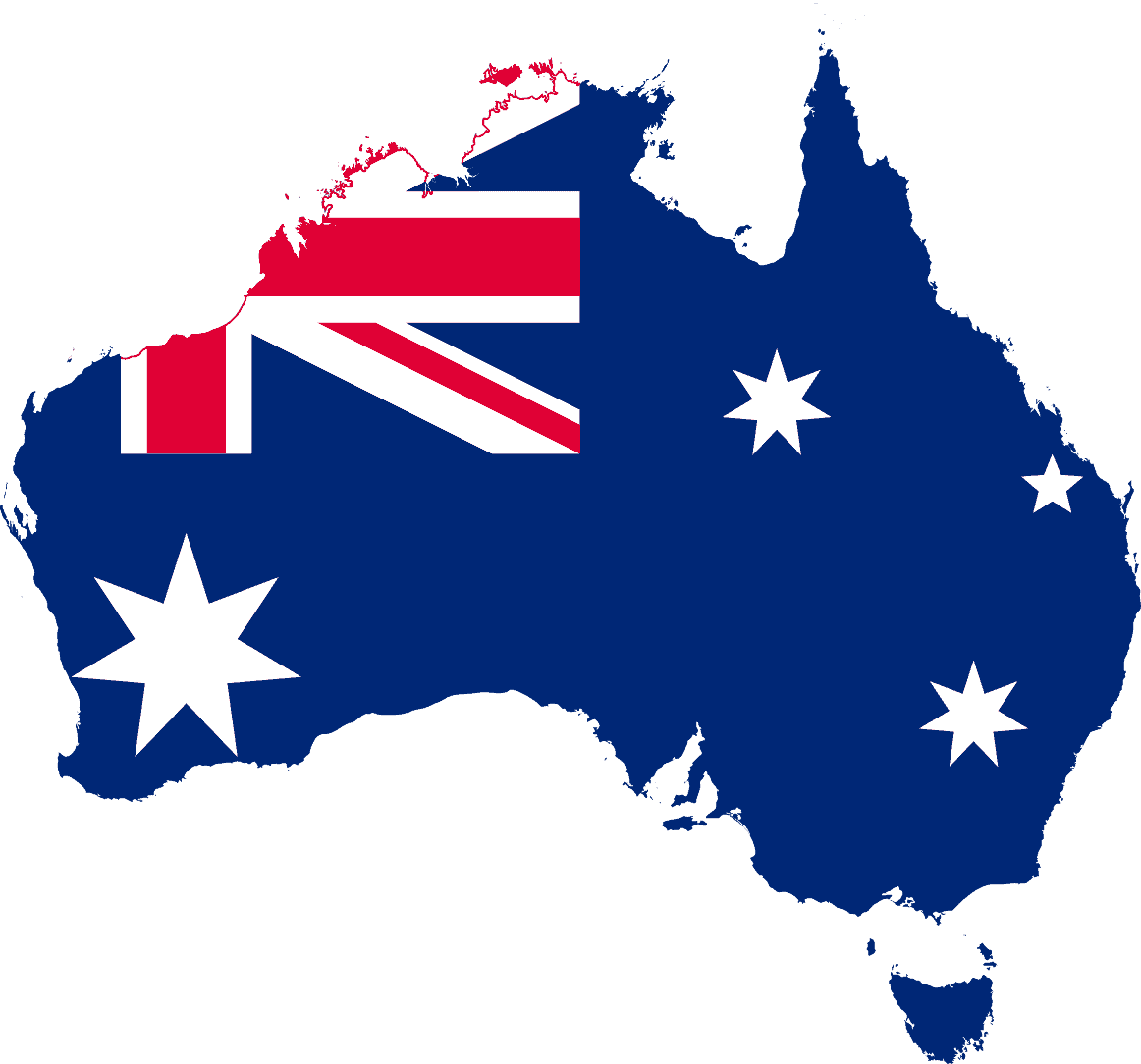
Motto of Australia
No official motto. Formerly "Advance Australia"
National animal of Australia
The National animal of Australia is Kangaroo
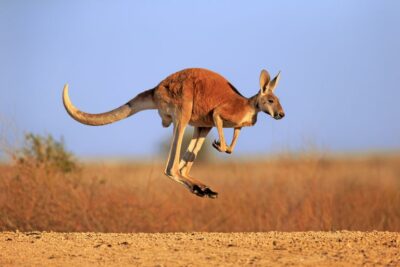
National flower of Australia
The National flower of Australia is Golden wattle. Botanical name is Acacia Pycnantha.
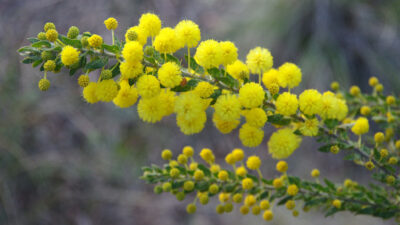
National bird of Australia
The National bird of Australia is Emu
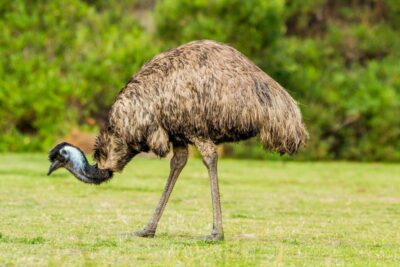
Rest of the National symbols of Australia 👇
-
FounderSir Henry Parkes
-
National dishRoast lamb
-
National danceBush dance
-
National dress'Bush Shirt', waistcoat, moleskin trousers
-
National monumentSydney Opera House
-
National anthemView Anthem
-
-
National drinkLemon, lime and bitters
-
National colorsgreen and gold
-
National sportsCricket
-
National treeAcacia Pycnantha
-
National poetAdam Lindsay Gordon
-
National mausoleumShrine of Remembrance
-
National archivesNational Archives of Australia
-
National museumNational Museum of Australia
-
National libraryNational Library of Australia
-
Central BankReserve Bank of Australia (RBA)
-
Highest peakMount Kosciuszko
-
Tallest buildingQ1
-
National football teamAUS
-
Tourism sloganCome Live Australia’s Philausophy
-
Emoji flag????????
-
National airlineQantas, Virgin Australia
-
National instrumentDidgeridoo
-
National heroNed Kelly
-
Prime MinisterAnthony Albanese
-
Olympics CommitteeAustralian Olympic Committee Inc.
-
PassportPassport of Australia
-
ArmyAustralian Army
-
Air ForceRoyal Australian Air Force
-
Mythical CreatureBunyip
State symbols of Australia
Neighbouring countries of Australia
Australian Proverbs - Popular quotes, proverbs and sayings.
The clash of ideas brings forth the spark of truth. Blood is thicker than water. One man’s meat is another man’s poison. Australia – land of tomorrow. Once bitten, twice shy. Half a loaf is better than none. In the planting season visitors come singly, and in harvest time they come in crowds. Dog must not steal from dog. A bird in the hand is worth two in the bush. If you catch a man, throw him back!
